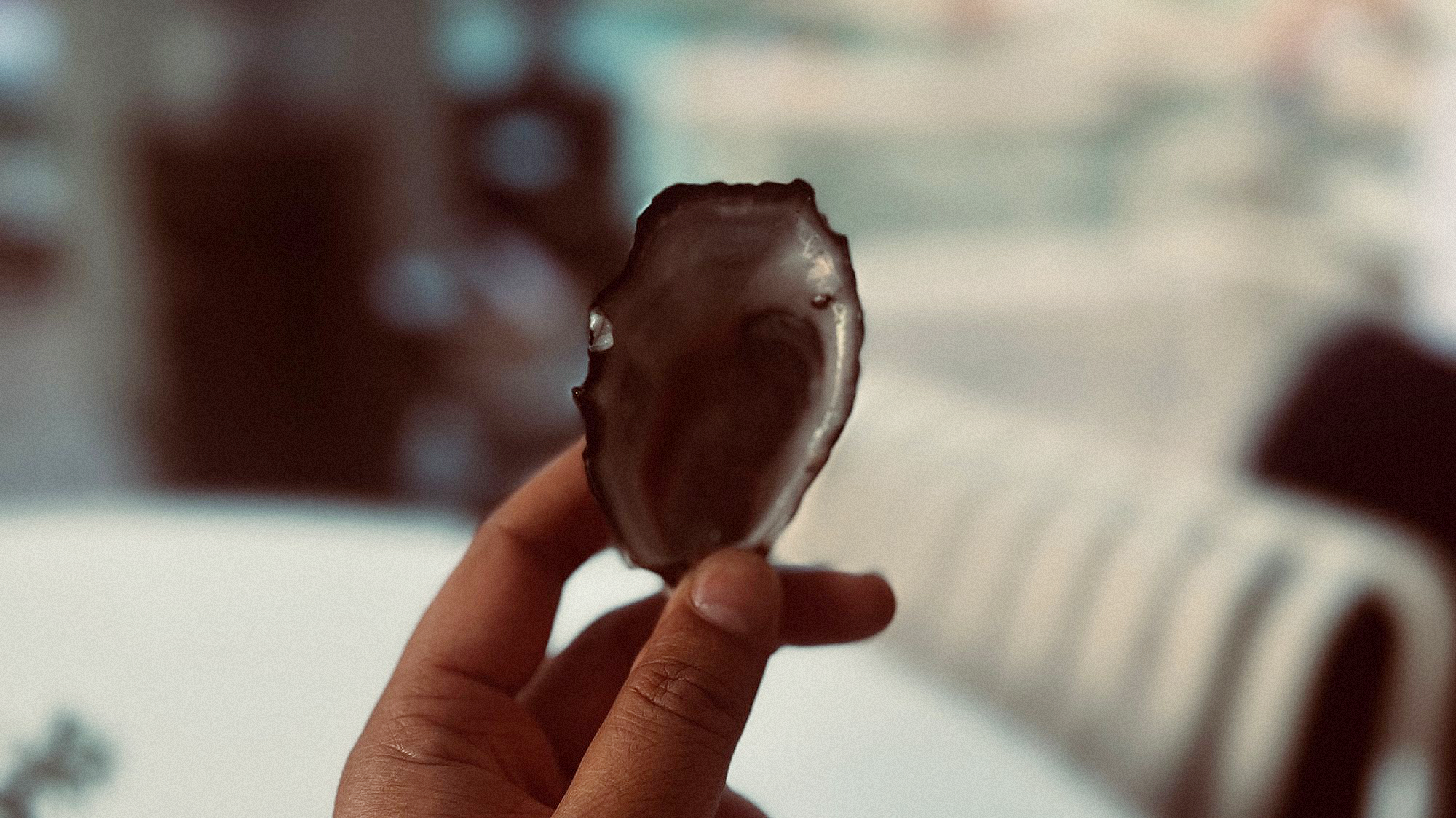Oysters
No grit, no pearl.

Our ancestors were simpler folk.
They saw a mollusc underwater that looked a bit like a cunt and thought... that's bound to make us horny. So was born the oyster's reputation... a pure case of mimetic medicine.
And so Venus, Goddess of Love, was born in an oyster shell.
And Casanova gorged himself on this aphrodisiac, long before we knew about the zinc.
Half-truths have a way of capturing the imagination like that; you've already downed half a dozen before the truth has caught up.
It helps that the experience of eating an oyster, if you're not put off by it in principle, is sensuous. You consume it like a shot; tilting the neck back, exposing the throat, letting the salt moisture slip down…
looks at camera
Some might be a little suspicious of those who don't eat oysters. I am.
One thinks – you must be a little self-conscious between the sheets, it speaks of a lack of carefreeness. I don't trust anyone that doesn't salivate, doesn't moan with good food, doesn't lick their own lips.
So oysters are revealing. But here's the thing. Rolex called their luxury underwater watches Oyster for good reason, their durable beauty.
And the oyster contains a romantic contradiction.
The rare strange combination of grit and pearl. The hard shell and its secret treasure.
Did you know the pearl is a defence? At its heart is a destructive seed, a parasite, around which a pearl grows to suffocate it, in order to protect the living creature.
Vulnerable precious things aren't meant to be strong, to be built around harm. Our pain isn’t meant to be beautiful. Brutish shells don’t hold secret delights. We value oysters because of our lust – for one another, and luxury, and desire, and succulence and all of that. But we also desire to be both. Precious and hard. Beautiful and strong. Hurt and glorious.
We long for the transcendence that turns grit into pearl.
.
.
.
